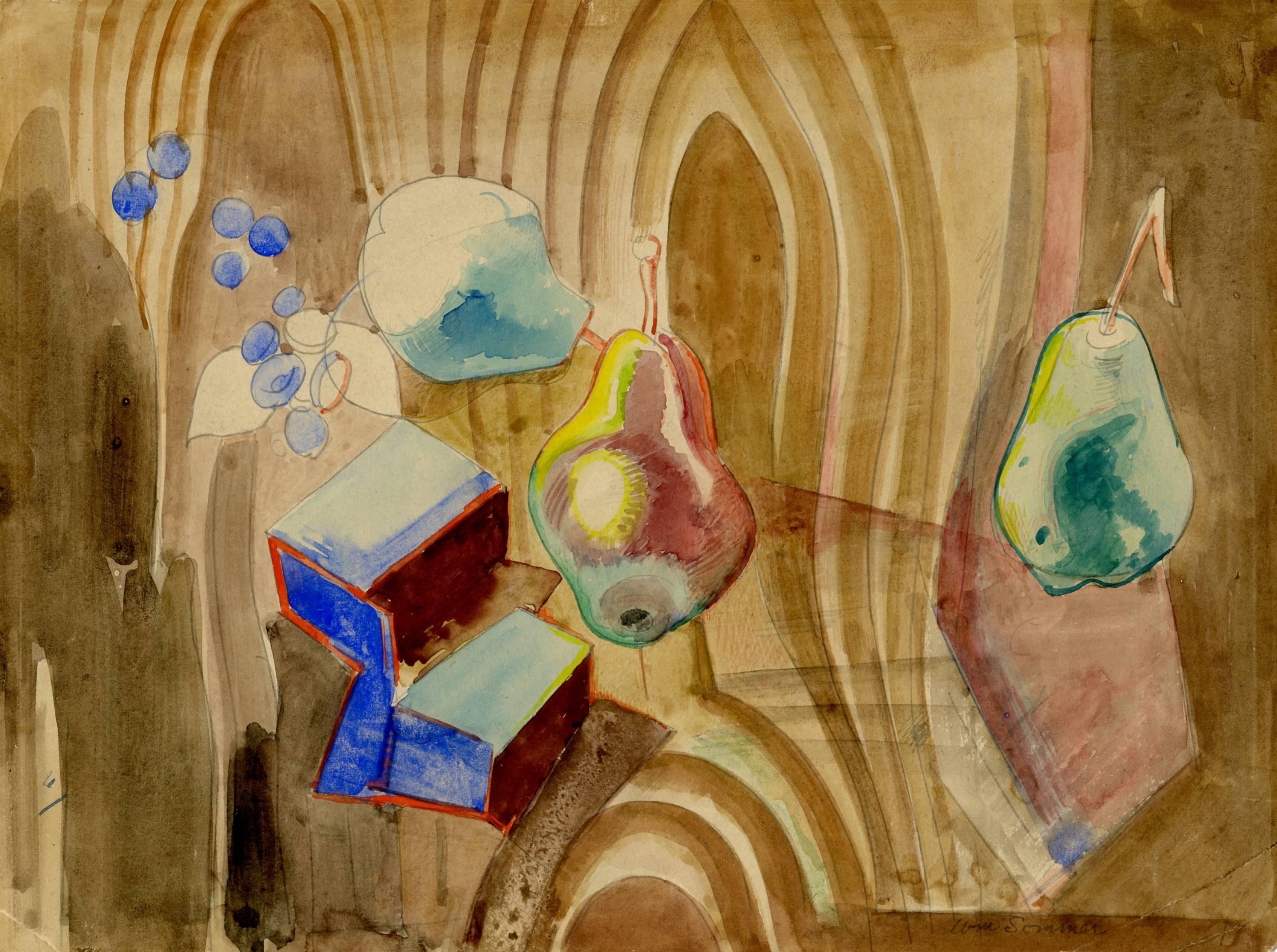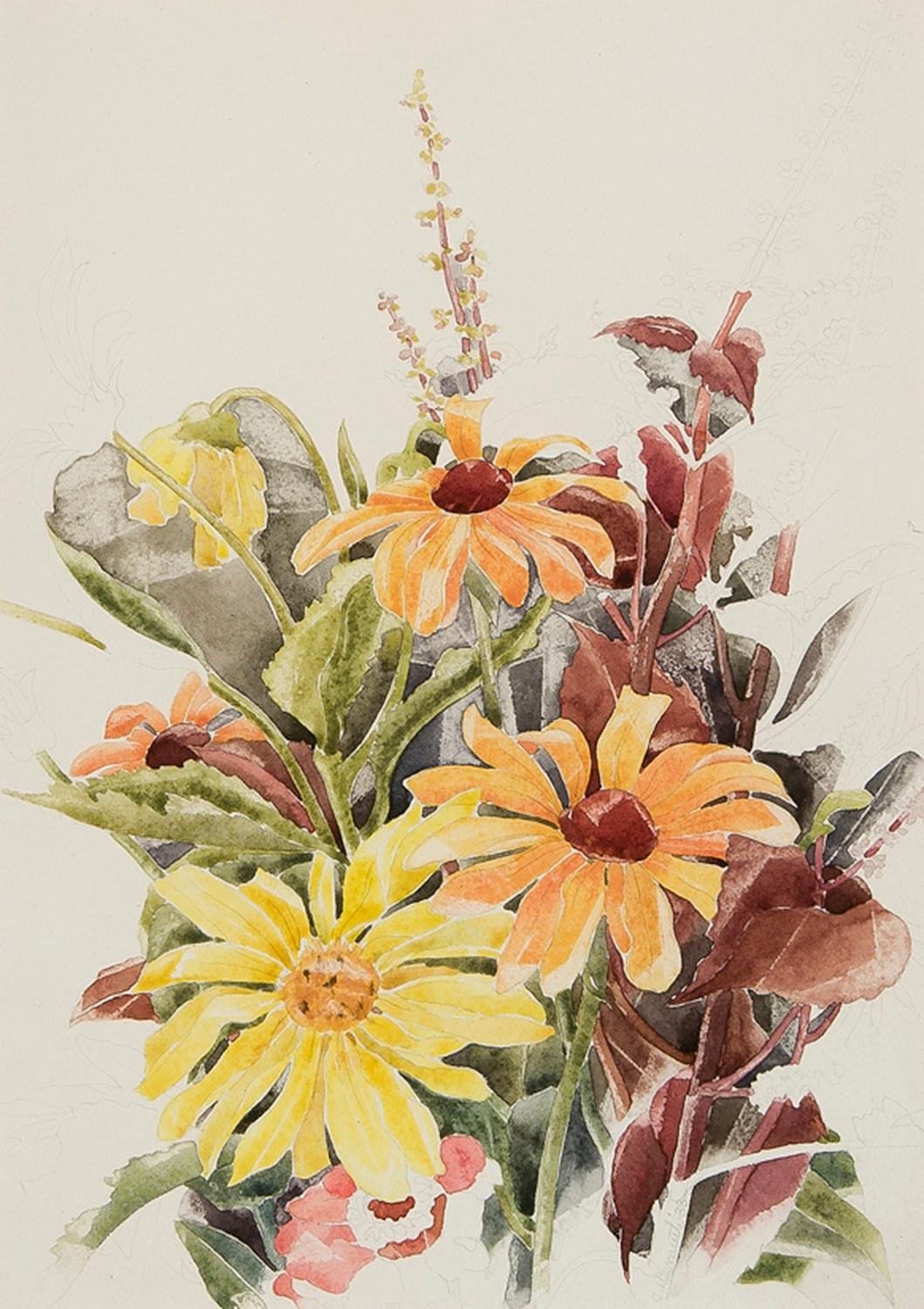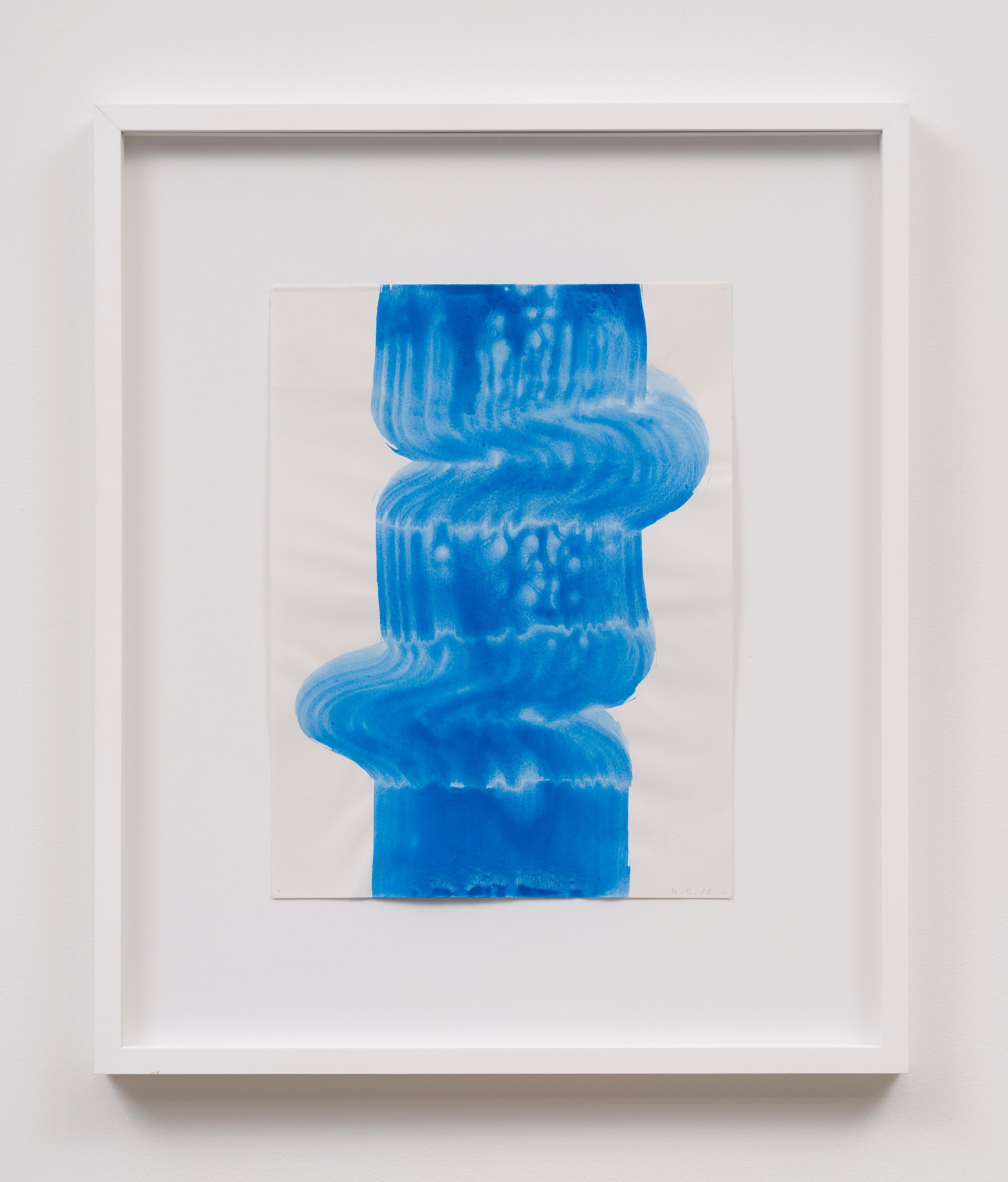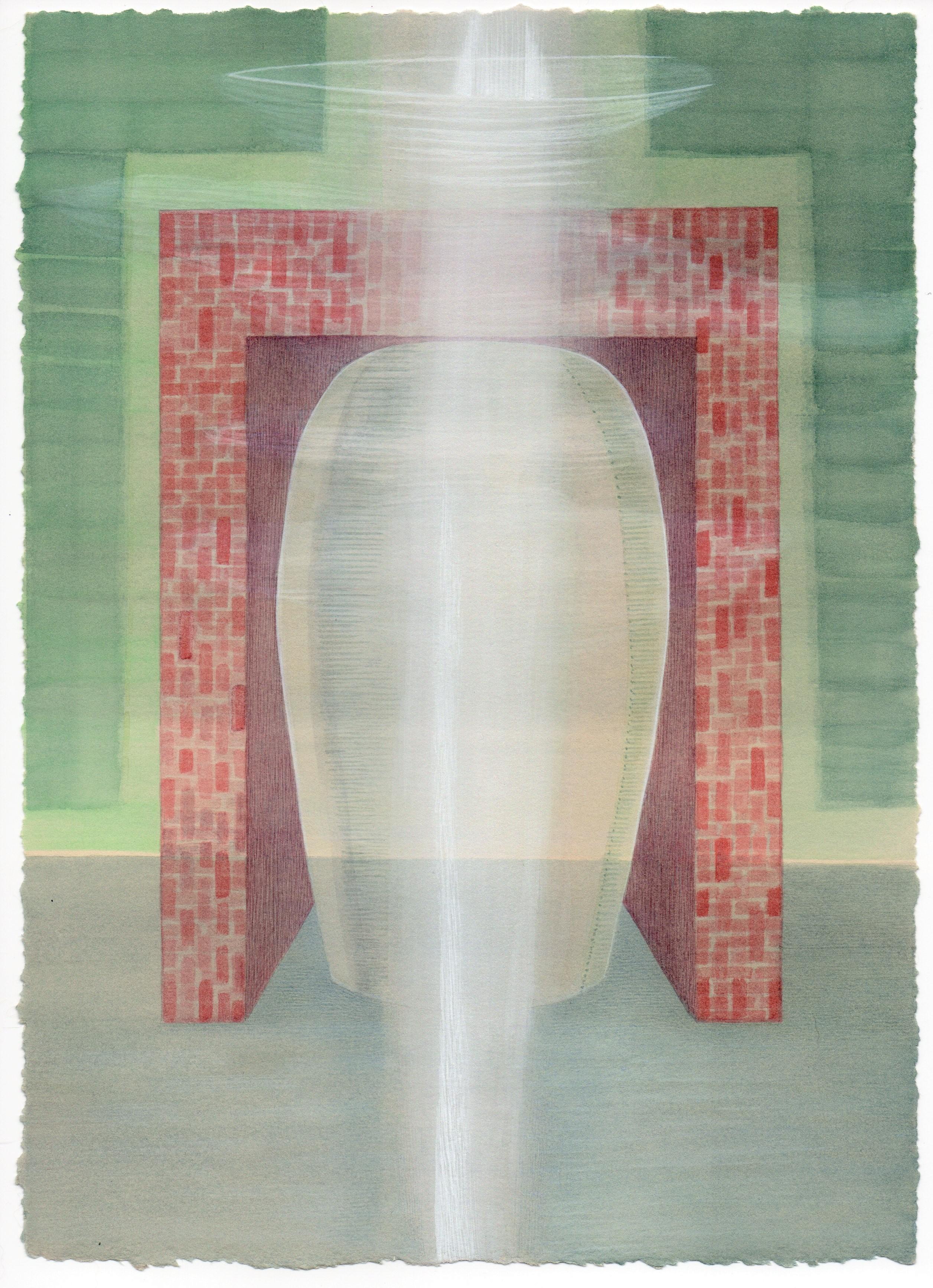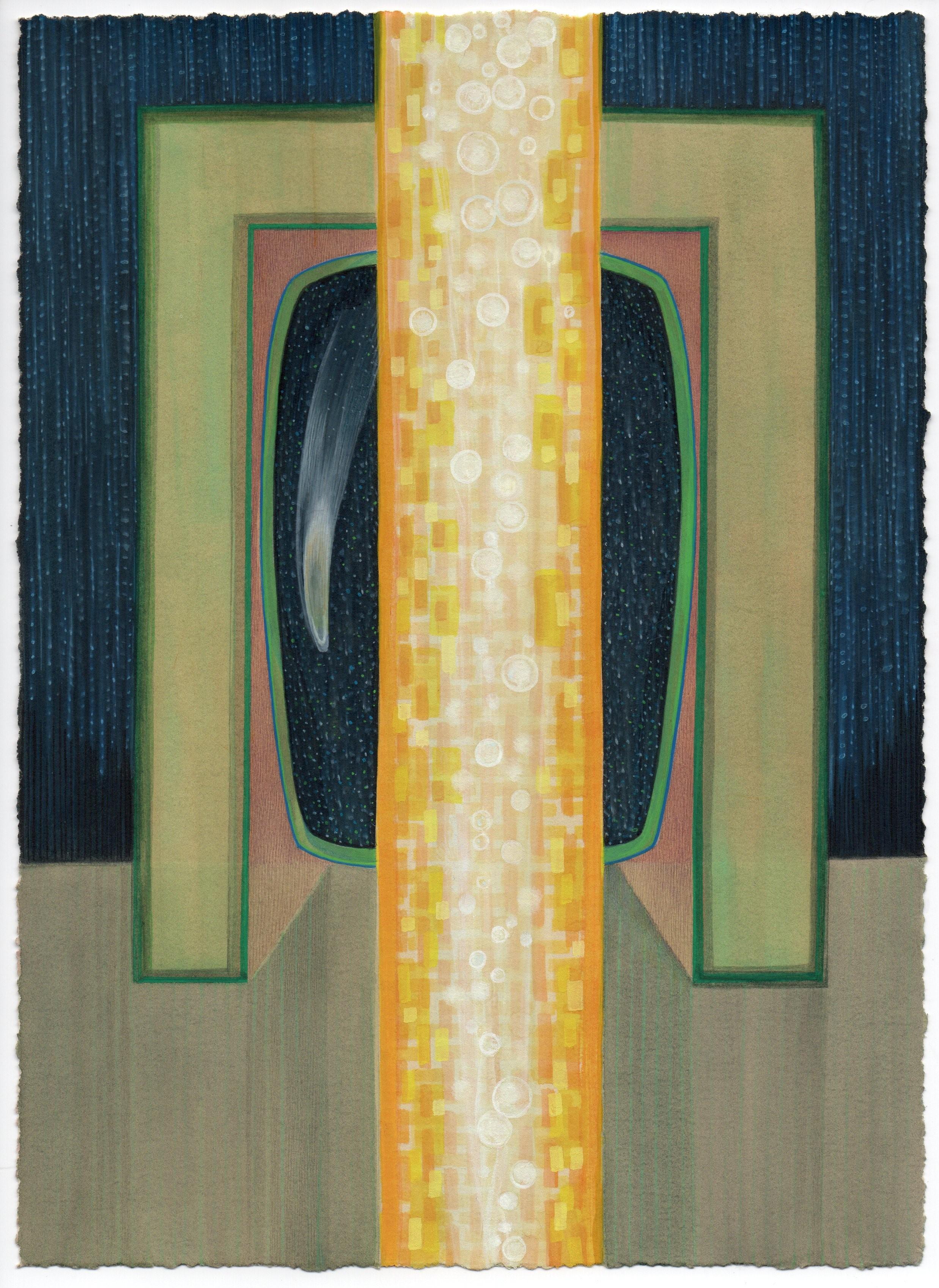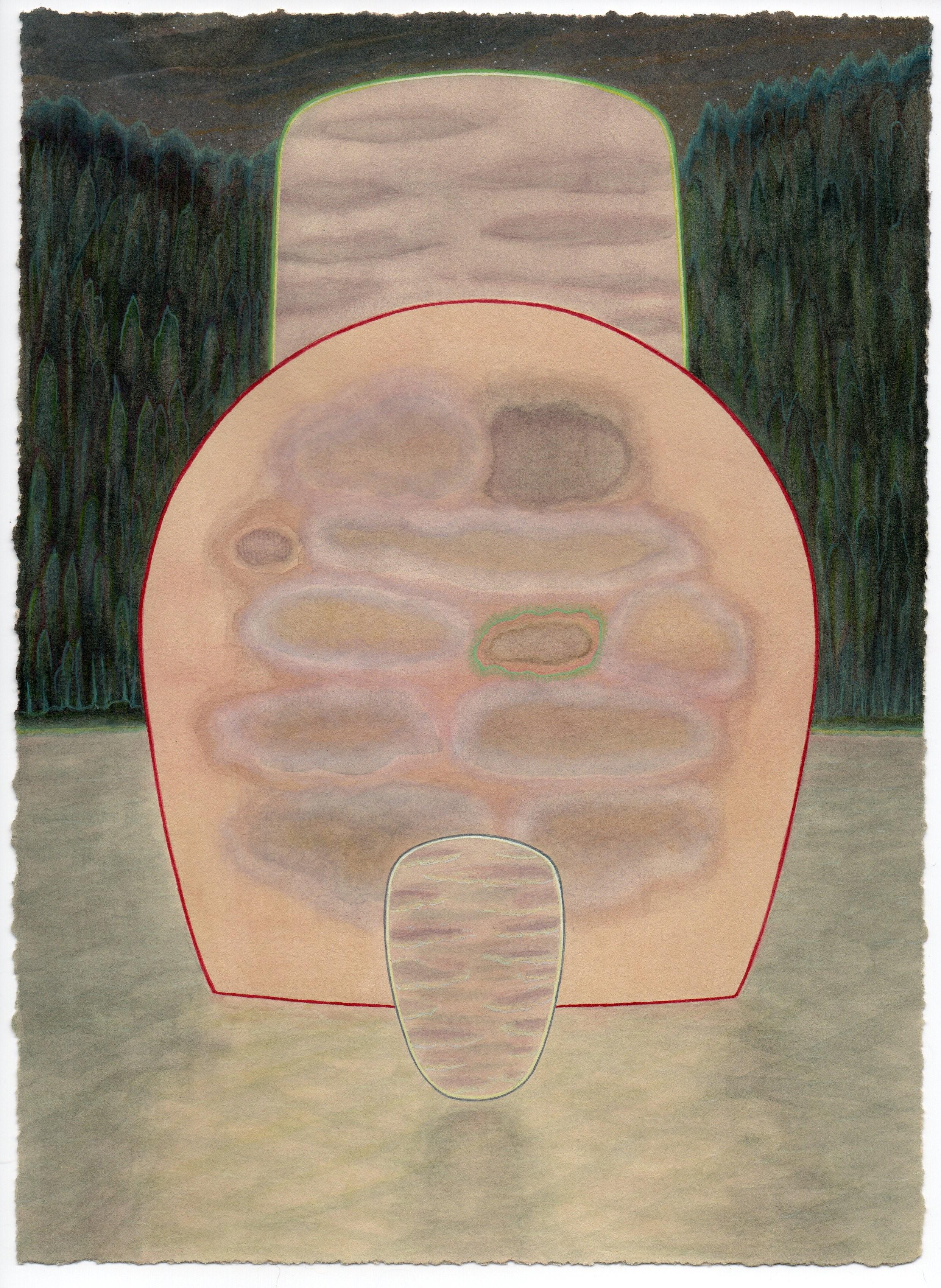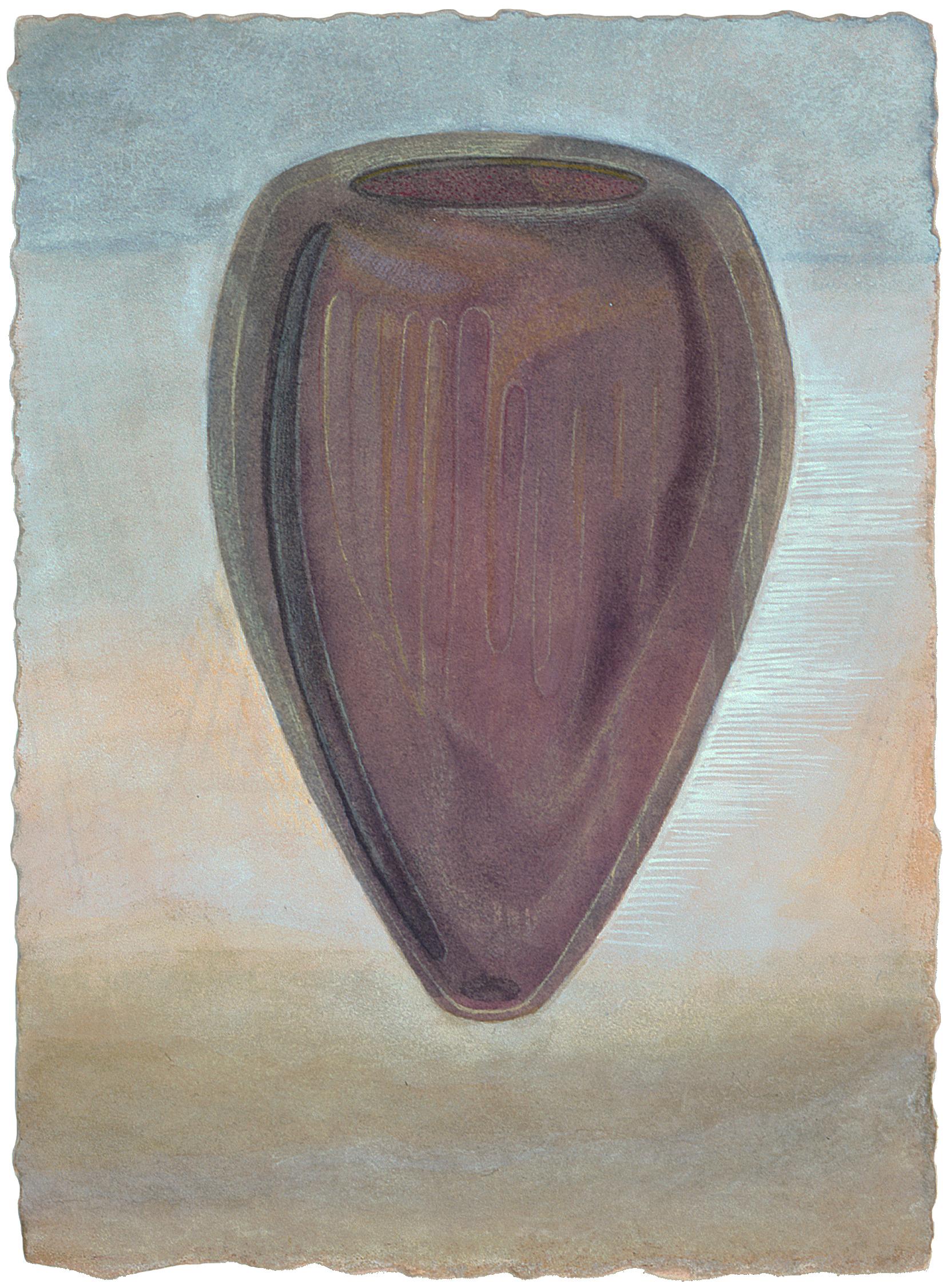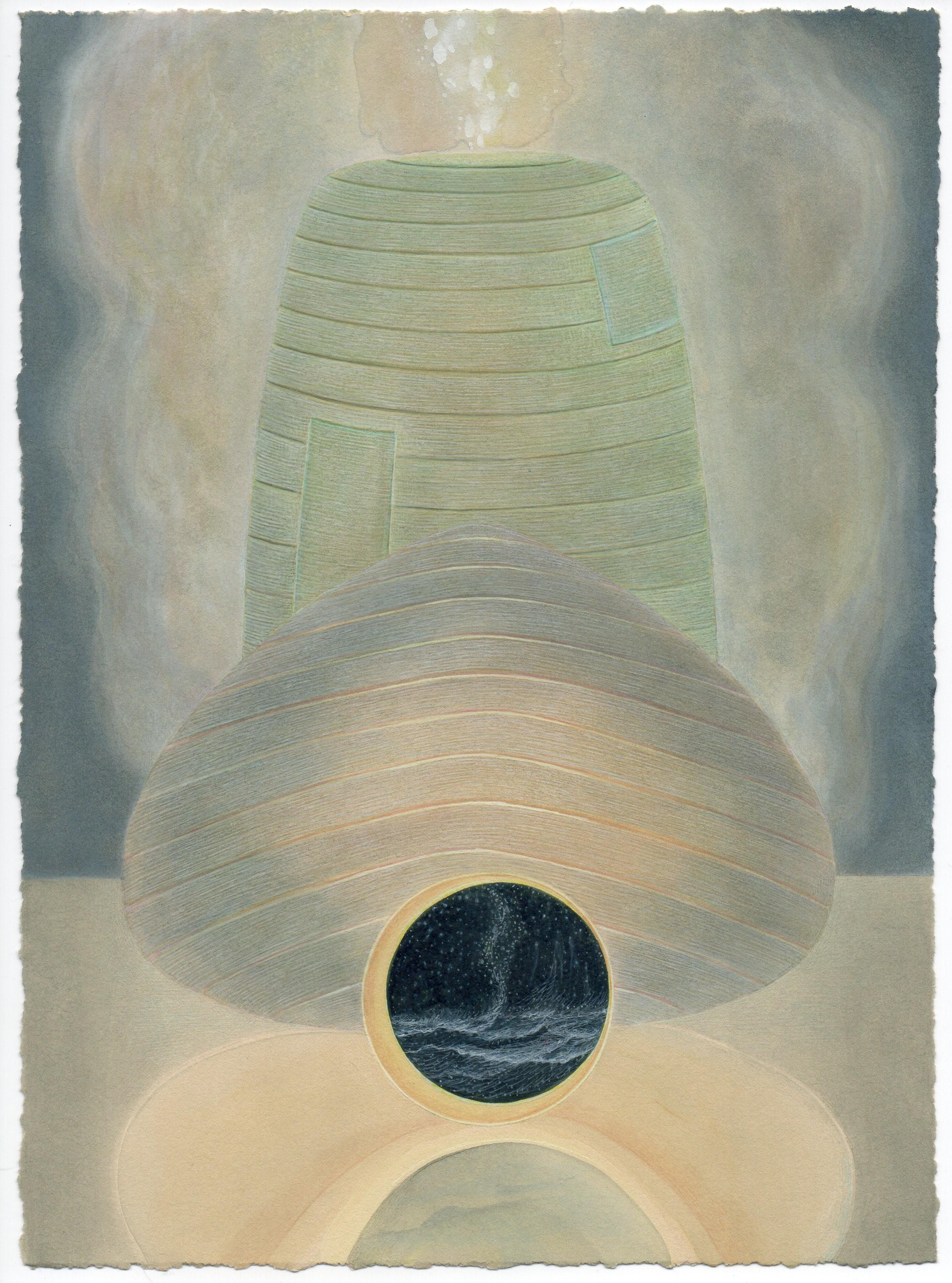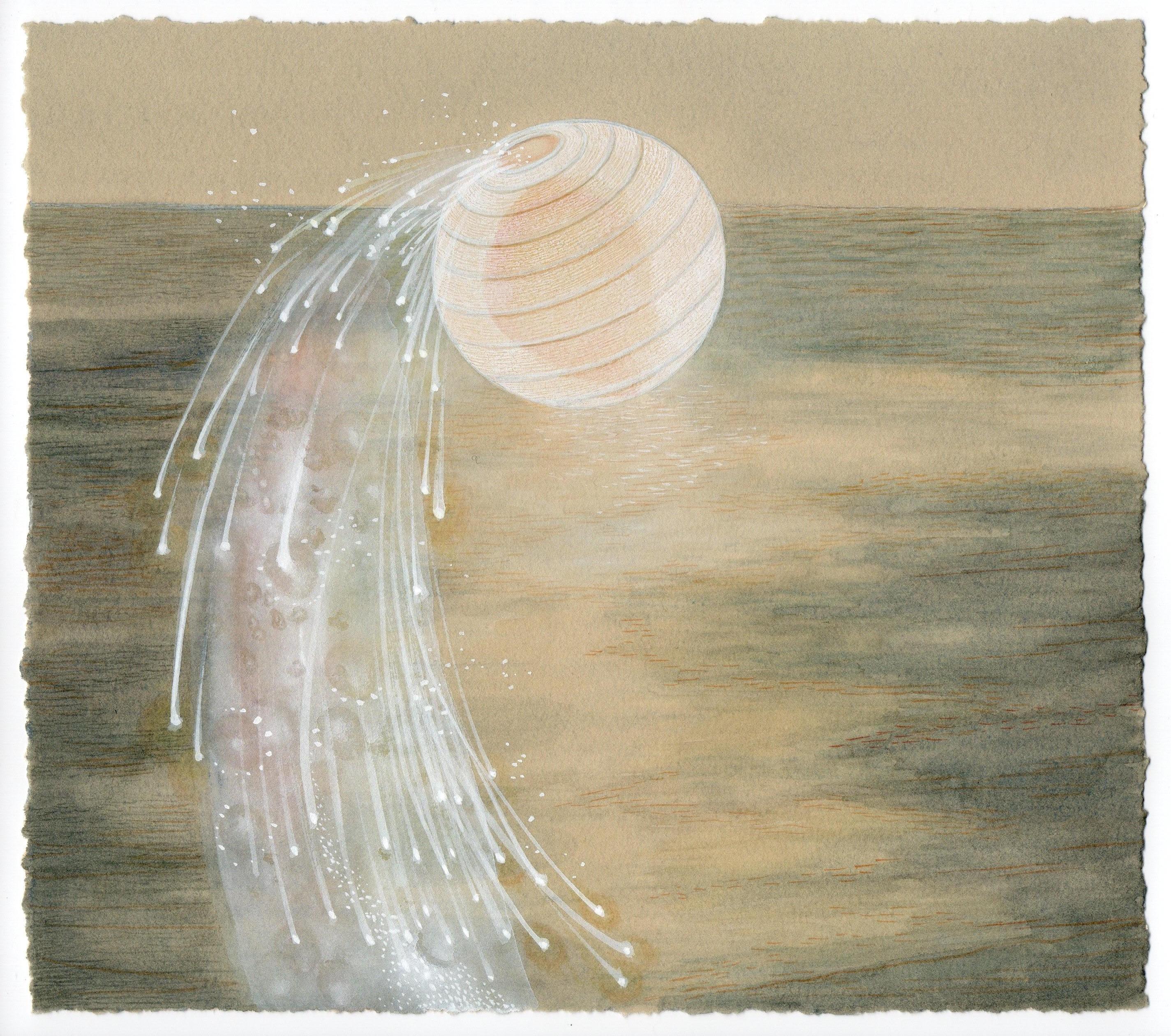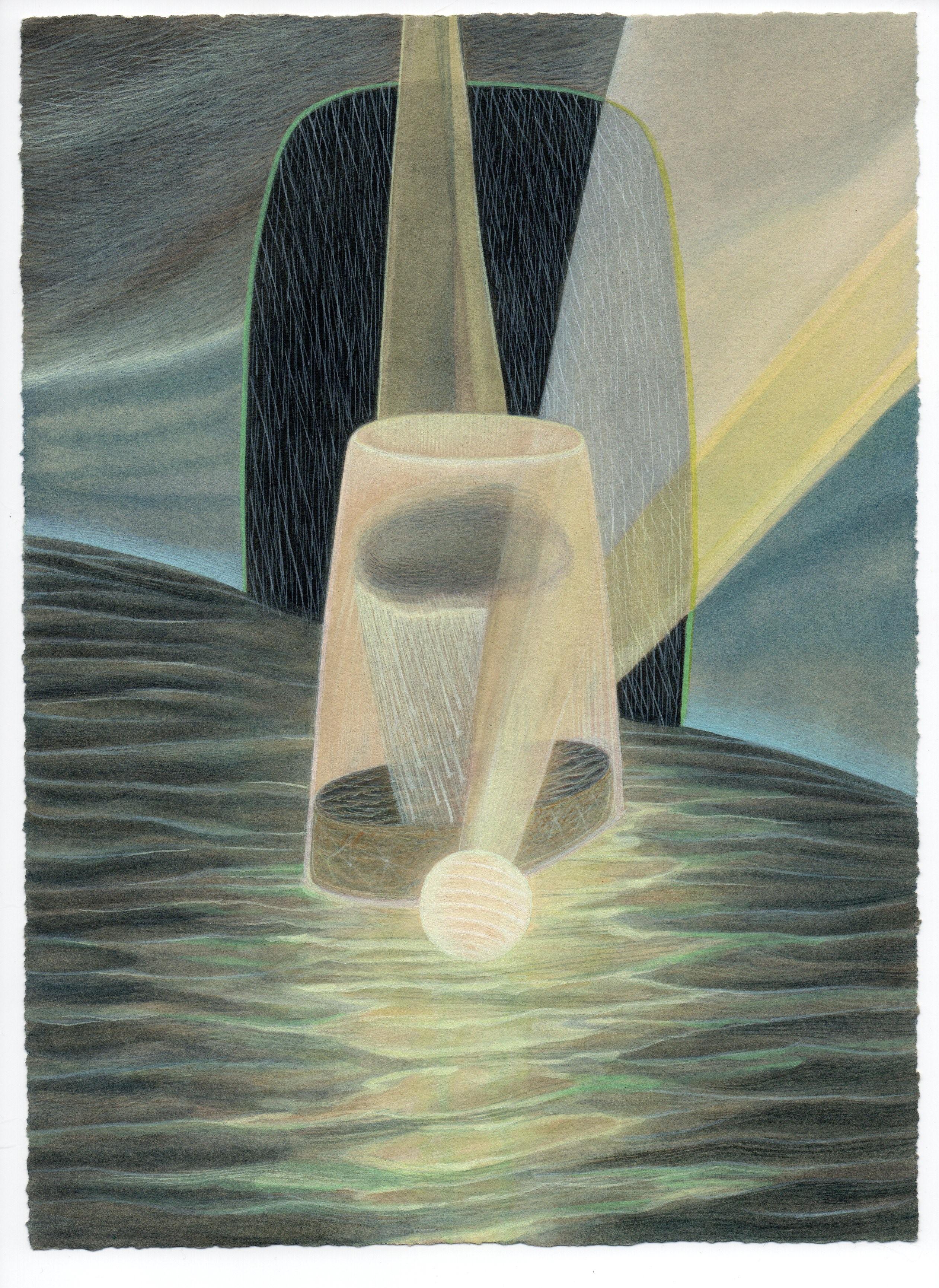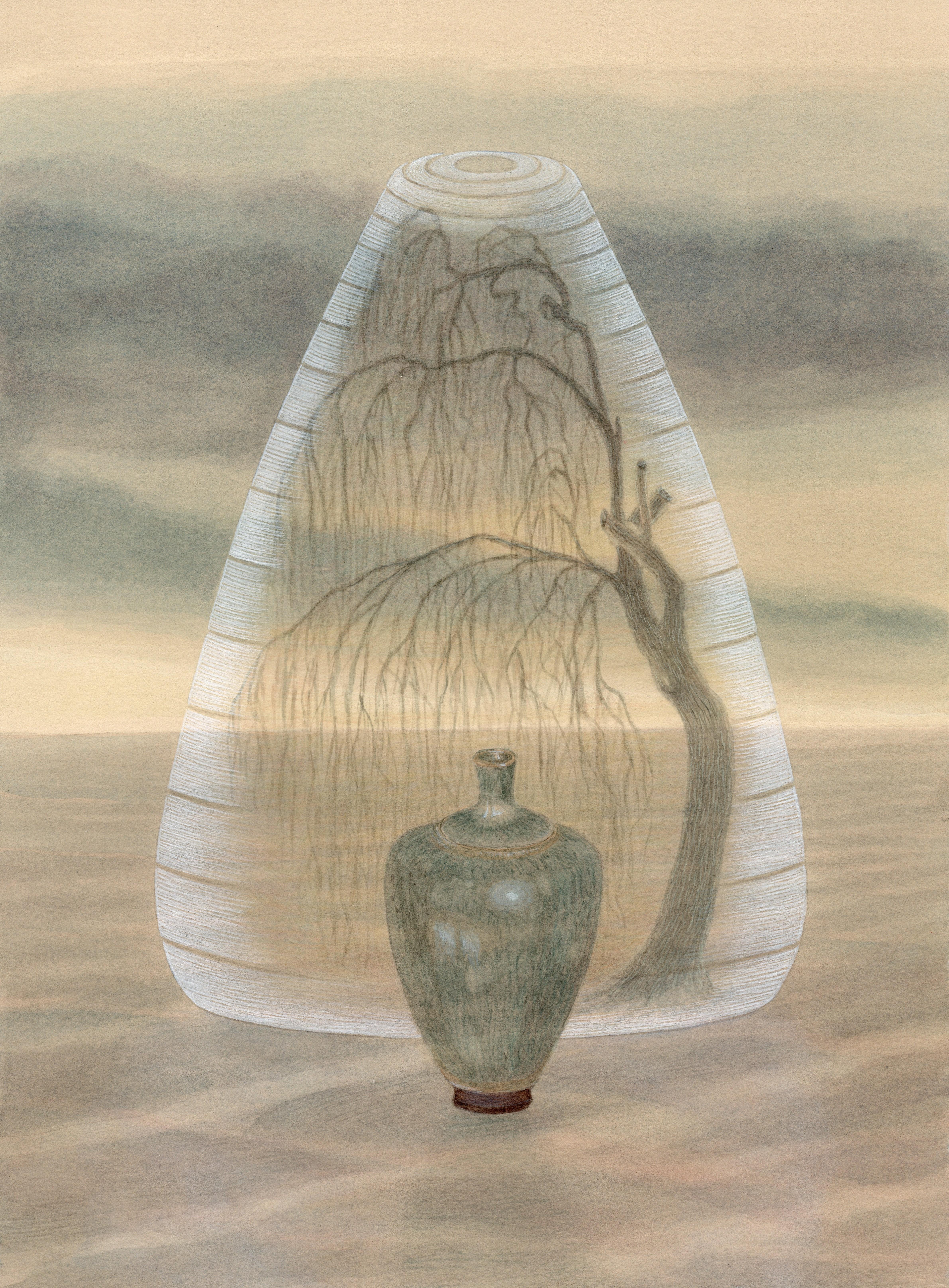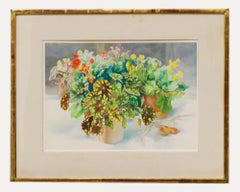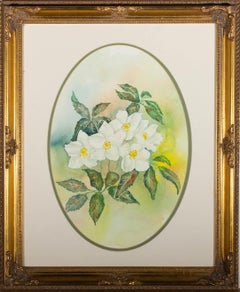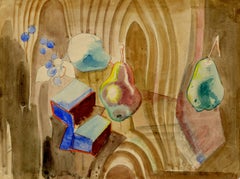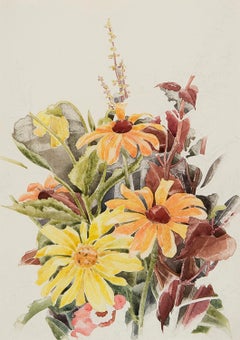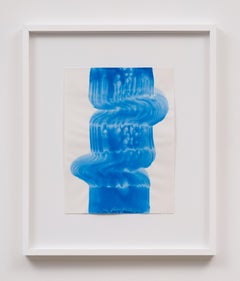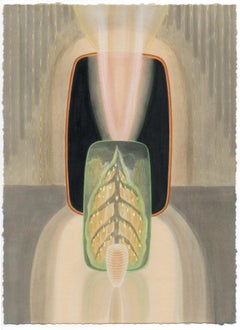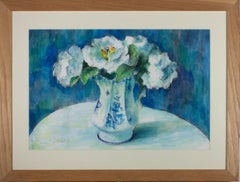
Fiona C. Goldbacher - 20th Century Watercolour, White Flowers On Blue
View Similar Items
Want more images or videos?
Request additional images or videos from the seller
1 of 9
Fiona C. GoldbacherFiona C. Goldbacher - 20th Century Watercolour, White Flowers On BlueUnknown
Unknown
About the Item
- Creator:Fiona C. Goldbacher
- Creation Year:Unknown
- Dimensions:Height: 21.86 in (55.5 cm)Width: 28.75 in (73 cm)
- Medium:
- Period:
- Condition:Minor debris trapped behind the glazing.
- Gallery Location:Corsham, GB
- Reference Number:Seller: qu2921stDibs: LU881311148932
undefined
About the Seller
4.9
Platinum Seller
Premium sellers with a 4.7+ rating and 24-hour response times
Established in 2010
1stDibs seller since 2018
1,243 sales on 1stDibs
Typical response time: 5 hours
Authenticity Guarantee
In the unlikely event there’s an issue with an item’s authenticity, contact us within 1 year for a full refund. DetailsMoney-Back Guarantee
If your item is not as described, is damaged in transit, or does not arrive, contact us within 7 days for a full refund. Details24-Hour Cancellation
You have a 24-hour grace period in which to reconsider your purchase, with no questions asked.Vetted Professional Sellers
Our world-class sellers must adhere to strict standards for service and quality, maintaining the integrity of our listings.Price-Match Guarantee
If you find that a seller listed the same item for a lower price elsewhere, we’ll match it.Trusted Global Delivery
Our best-in-class carrier network provides specialized shipping options worldwide, including custom delivery.More From This Seller
View AllW. A. Martin - Framed Mid 20th Century Watercolour, Still Life with Ceramic Jug
Located in Corsham, GB
Signed lower left. Well-presented in a gilt frame with card mount. On watercolour paper.
Category
20th Century Still-life Drawings and Watercolors
Materials
Watercolor
Catherine Dean (1905-1983) - Framed 20th Century Watercolour, Potted Begonia
Located in Corsham, GB
Potted Begonia, Watercolour on paper. Signed and dated '82. Well presented in a large gilt-effect frame with linen mount.
Category
20th Century Still-life Drawings and Watercolors
Materials
Watercolor
Basil E. Pursall - 20th Century Watercolour, Flower Vase and Apples
Located in Corsham, GB
A fine and captivating watercolour painting with gouache details by Basil E. Pursall. The scene depicts a flower vase with red and green apples nearby. Singed to the lower margin. Th...
Category
21st Century and Contemporary Still-life Drawings and Watercolors
Materials
Watercolor
20th Century Watercolour - Mock Orange Flower
Located in Corsham, GB
A delicate study of mock orange flowers against a green wash background. Well presented in a decorative gilt frame. Unsigned. On wove.
Category
21st Century and Contemporary Still-life Drawings and Watercolors
Materials
Watercolor
$293 Sale Price
20% Off
Chinese Contemporary Watercolour - Pink and Red Flowers
Located in Corsham, GB
With gouache details. Inscribed in Chinese characters to the left-hand margin. Presented in a cream card mount and in a distressed, gilt effect frame. On watercolour paper.
Category
21st Century and Contemporary Still-life Drawings and Watercolors
Materials
Watercolor
$296 Sale Price
20% Off
Aubrey Sykes RI PS (1910-1995) - 20th Century Watercolour, Floral Still Life
Located in Corsham, GB
A well-composed and delicate still life with a floral arrangement in watercolour with gouache details, by the well-listed artist Aubrey Sykes (1910-1995). The artist's proficiency in...
Category
21st Century and Contemporary Still-life Drawings and Watercolors
Materials
Watercolor
$292 Sale Price
20% Off
You May Also Like
Still Life with Tromp L'Oeil
By William Sommer
Located in Fairlawn, OH
Still Life with Tromp L'Oeil
Graphite and watercolor on a book page.
Signed in ink by the artist lower right corner
(see photo)
Provenance:
Estate of the artist (Estate No. 00916 verso)
Ray Sommer (the artist's son)
Joseph M. Erdelac (No. 18 JME verso)
Book page verso is an illustration of a Durer woodcut...
Category
1920s American Modern Still-life Drawings and Watercolors
Materials
Watercolor
Garden Flowers
By Charles Demuth
Located in New York, NY
Charles Demuth was one of the most complex, talented, and deeply sensitive artists of the American modern period. Whether he was painting floral still lifes, industrial landscapes, or Turkish bathhouses, art was, for Demuth, fraught with personal meaning. A fixture of the vanguard art scene in New York, Demuth navigated the currents of Modernism, producing some of the most exquisite watercolors and original oil paintings in twentieth-century American art.
Demuth was born in Lancaster, Pennsylvania, the only child of a well-to-do family. He had an awkward and introverted childhood shaped by a childhood illness, Perthes, a disease of the hip that not only left him permanently lame, but, as part of the “cure,” bedridden for two years in the care of his mother. This long period of incapacitation had a deep impact on Demuth, who came to see himself as an invalid, an outsider who was different from everyone else. It was perhaps during this period of indoor confinement that his keen interest in art developed. Several relatives on his father’s side had been amateur artists, and, following his convalescence, his mother encouraged his artistic pursuits by sending him to a local painter for instruction. The majority of his early pictures are of flowers, a subject for which Demuth maintained a lifelong passion.
Following high school, Demuth enrolled at the Drexel Institute of Art in Philadelphia, a school renowned for its commercial arts program. He advanced through the program rapidly, and, in 1905, at the encouragement of his instructors, he began taking courses at the Pennsylvania Academy of the Fine Arts. The two leading teachers then at the Academy were William Merritt Chase and Thomas Anshutz. Anshutz, himself a former student of Thomas Eakins, was well liked by his students, and is best known as the teacher of Robert Henri, John Sloan, and several of the other artists of the Ashcan School. Demuth, too, adopted a similar idiom, working in a controlled, realistic manner while at the Academy, where he remained until 1910.
In 1907, Demuth made his first trip to Europe, staying in Paris. He spent time on the periphery of the art scene composed of the numerous American artists there, including John Marin and Edward Steichen. He returned to Philadelphia five months later, and immediately resumed courses at the Academy. Despite his introduction to advanced modern styles in Europe, Demuth’s work of this period retains the academic style he practiced before the trip. It wasn’t until he had summered at New Hope, Pennsylvania, in 1908 and 1911, that his style began to evolve. New Hope was a prominent American Impressionist art colony whose members were largely affiliated with the Pennsylvania Academy. Demuth dropped the conservative tone of his style and adopted a freer and more colorful palette.
Although he remained based in Philadelphia, Demuth frequently went to New York during this period. Many of the same American artists of the Parisian art scene Demuth had encountered on his earlier European trip now formed the nucleus of New York’s avant-garde, which centered around Alfred Stieglitz’s 291 gallery. It wasn’t long before Demuth began to apply modernist-inspired strategies to his work. He was particularly influenced by the watercolor work of John Marin, also a former student of Anshutz, whose bold use of color in the medium Demuth freely adapted into looser washes of color.
In 1912, Demuth again left for Paris, this time studying in the Académie Moderne, Académie Colorossi, and Académie Julian. In Paris Demuth met the American modernist Marsden Hartley. Hartley, a principal figure in the expatriate art circle, acted as a mentor to Demuth, and introduced him to the wide array of modern styles currently practiced in Europe. Hartley also introduced Demuth to many of the members of the Parisian avant-garde, including Gertrude Stein. Demuth was an aspiring writer, and he spent many hours in conversation with Stein. He wrote extensively during this period, and published two works shortly after his return to America. He also developed an interest in illustrating scenes from literary texts. From 1914 to 1919, Demuth produced a series of watercolors of scenes from books such as Emile Zola’s Nana and Henry James’s The Turn of the Screw.
Upon his return to America, Demuth settled in New York. In 1914, Demuth had his first one-man show at Charles Daniel’s gallery, which promoted emerging modern American artists, including Man Ray, Rockwell Kent, Yasuo Kuniyoshi, Stuart Davis, and Max Weber. Demuth drew closer to the artistic vanguard in New York, becoming friends with many in the Stieglitz and Daniel circles, including Georgia O’Keeffe, Marcel Duchamp, Carl Van Vechten, and Edward Fiske.
New York’s cosmopolitan atmosphere and active nightlife appealed greatly to Demuth. In a sketchy style well suited to watercolor, he painted many vaudeville and circus themes, as well as nightclub, café, and bathhouse scenes. Often with Duchamp, Demuth took part in an urban subculture replete with nightclubs, bars, drugs, and sexual permissiveness, which, for a homosexual artist like himself, allowed room for previously unattainable personal expression. Demuth’s pictures of sailors, bathhouses, and circus performers embody a sensual and sexual undercurrent, expressing the artist’s sense of comfort and belonging in the bohemian subculture of New York.
Simultaneously, Demuth deepened his interest in floral pictures, painting these almost exclusively in watercolor. His style evolved from the broad color washes of his earlier pictures to more spare, flattened, and sinuous compositions, inspired by the drawings of Aubrey Beardsley and other artists of the Aesthetic Movement. Demuth’s flower watercolors are moody and atmospheric, sensuous and elegant, introspective and yet full of expressive power. Moreover they are beautiful, and are unequivocally among the finest still lifes in American art. Despite numerous subsequent artistic undertakings that led him in a variety of directions, Demuth never stopped painting flower pictures, ultimately adding fruits and other still-life objects to his repertoire.
In 1916, Demuth began to develop a style later known as Precisionism, a form of landscape painting infused with Cubism, in which space is divided into precisely drawn geometric regions of color. Demuth first began to paint the landscape in an appropriated Cubist mode while on a trip with Hartley to Bermuda. In these early landscapes, in which the curvilinear forms of trees intersect the geometrically articulated architectural forms, Demuth explored ideas that shaped the future development of modernism in America.
The full realization of Demuth’s explorations came after his return to America in 1917, when he turned his attention to industrial subjects. These works derive from a “machine aesthetic,” espoused by New York artists such as Francis Picabia, Joseph Stella, Albert Gleizes, and Duchamp, by which artists viewed machines as embodying mystical, almost religious significance as symbols of the modern world. Rather than painting the skyscrapers and bridges of New York as did most of his like-minded contemporaries, Demuth returned to his home town of Lancaster, where he painted factories and warehouses in a Precisionist idiom. The titles for these pictures are often contain literary references, which serve as clues for the viewer to aid in the decoding of the artist’s meaning.
In 1923, Demuth planned a series of abstract “poster portraits” of his friends and contemporaries in the New York art and literary scene. In these “portraits,” Demuth combined text and symbolic elements to evoke the essential nature of his sitters’ distinguishing characteristics. In this fashion, he painted portraits of such artists as Georgia O’Keeffe, John Marin, and Arthur Dove. His most famous poster portrait, I Saw the Figure 5 in Gold...
Category
20th Century American Modern Still-life Drawings and Watercolors
Materials
Paper, Watercolor
Untitled (Wasserzeichnung / Water drawing)
Located in New York, NY
In her 1980s series of 'Wasserzeichnungen' (Water Drawings), Heidi Bucher used gestural marks in gouache on paper to create what can be described as "wate...
Category
1980s Contemporary Abstract Drawings and Watercolors
Materials
Paper, Gouache
Price Upon Request
Gentle Winter - Geometric Organic Nature Scene, Watercolor & Gouache, Framed
By Christina Haglid
Located in Chicago, IL
My work is about something I wish I could have seen, imaginary worlds, a commentary on awe that is inspired by nature, science, and history. Objects in my work are a stand in for the...
Category
21st Century and Contemporary Contemporary Landscape Drawings and Waterc...
Materials
Watercolor, Gouache, Archival Paper
Brick Light - Geometric Organic Scene, Watercolor & Gouache on Paper, Framed
By Christina Haglid
Located in Chicago, IL
Christina Haglid
Brick Light
watercolor and gouache on paper
11h x 8w in
27.94h x 20.32w cm
FRAMED DIMENSIONS
17.25h x 14.25w x 0.75d in
43.81h x 36.20w x 1.91d cm
CMH060
Artist's S...
Category
21st Century and Contemporary Contemporary Landscape Drawings and Waterc...
Materials
Watercolor, Gouache, Archival Paper
Neowise - Comet Passing Through Geometric Landscape at Night, Original Artwork
By Christina Haglid
Located in Chicago, IL
My work is about something I wish I could have seen, imaginary worlds, a commentary on awe that is inspired by nature, science, and history. Objects in my work are a stand in for the...
Category
21st Century and Contemporary Contemporary Landscape Drawings and Waterc...
Materials
Watercolor, Gouache, Archival Paper
